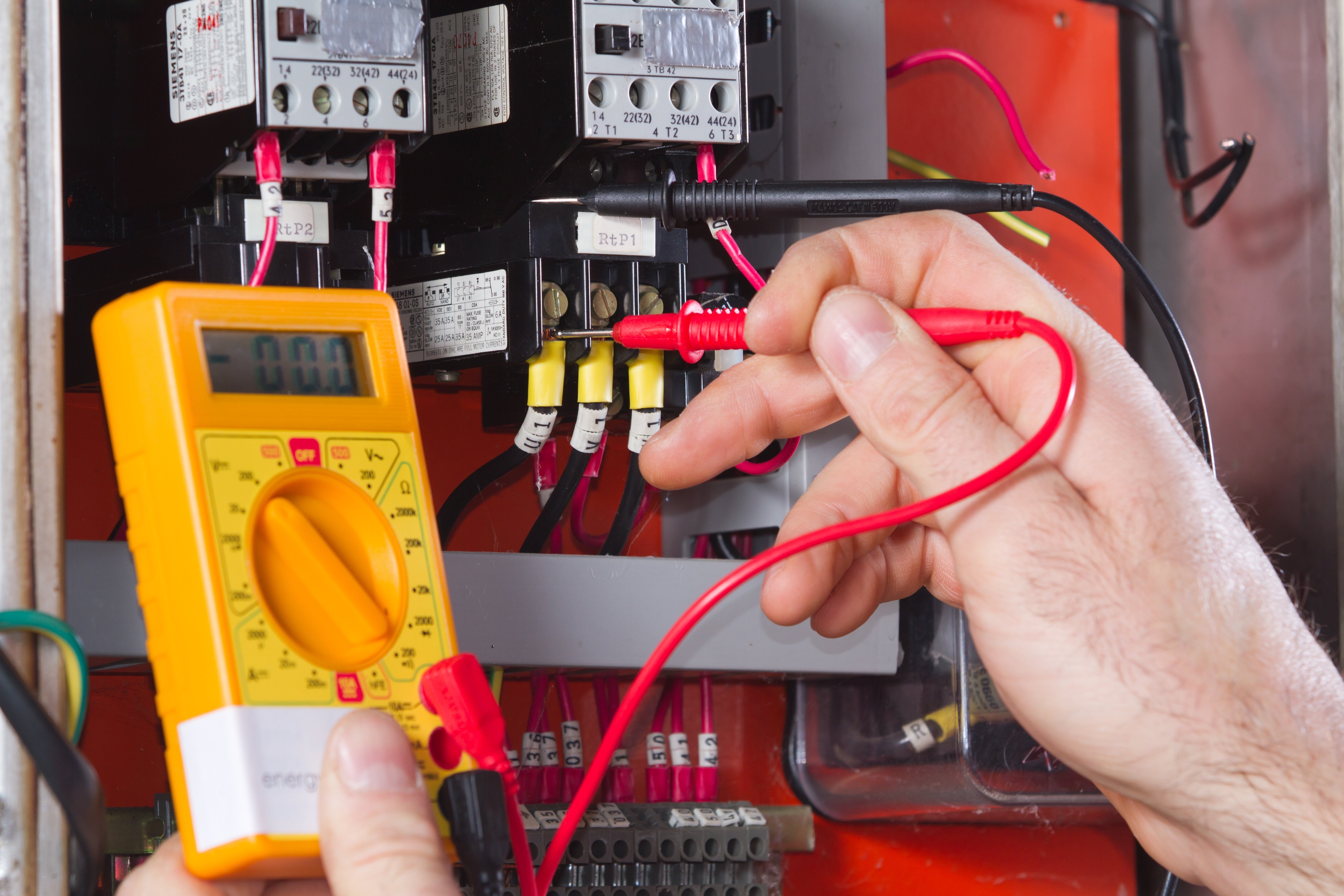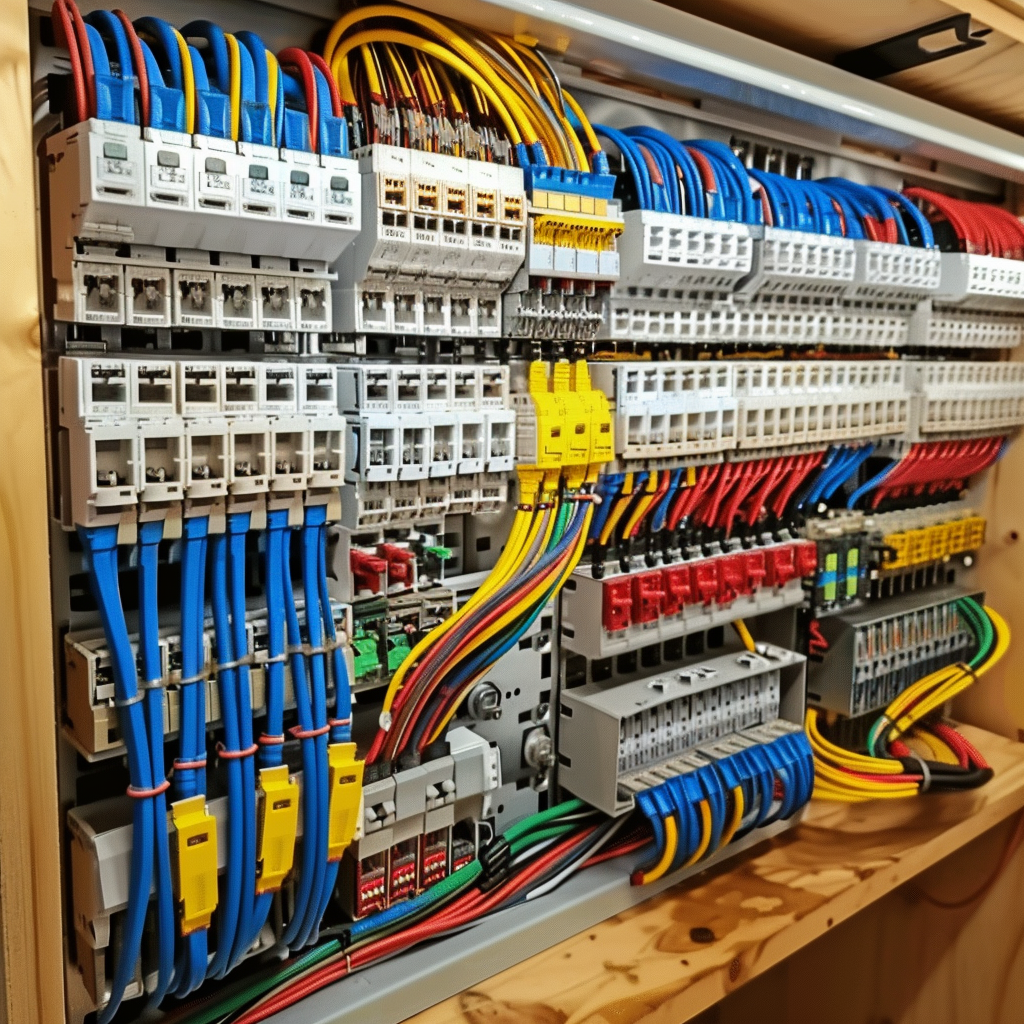Cutting-Edge Innovation with BRE Automation Australia Services
Cutting-Edge Innovation with BRE Automation Australia Services
Blog Article
Debunking Electric Installation: Comprehending Codes and Rules for a Lawful and Safe Arrangement
In the realm of electric setup, adherence to codes and laws is critical to make sure both legality and security. The intricacies surrounding electric job can be complicated, yet acquainting oneself with the well established requirements is vital to browsing this field with confidence. By understanding the intricacies of the National Electric Code and regional structure codes, people can assure that their installments meet required precaution and are in compliance with the legislation. However, the journey to demystifying electrical setup exceeds mere familiarity with policies; it necessitates a profound understanding of exactly how to execute safe electrical practices properly.
Significance of Electric Codes
The adherence to electrical codes is critical in making sure the safety and security and reliability of electrical installments. Electrical codes serve as a collection of standards and guidelines that determine the correct style, installation, and upkeep of electric systems. These codes are established to lessen the risk of electric hazards, fires, and other safety and security concerns that might arise from malfunctioning electric work.

Furthermore, electric codes are consistently upgraded to incorporate new modern technologies, finest practices, and safety and security steps. Remaining updated with these codes is essential for specialists in the electrical market to ensure that their job meets the most up to date security criteria. Ultimately, the relevance of electrical codes depends on creating a safe and secure and efficient electric infrastructure that profits both people and communities.
Trick Regulations for Security
Several essential laws regulate the safety and security standards in electrical installments. One key guideline is the National Electric Code (NEC), which offers standards for secure electrical style, installment, and evaluation to secure individuals and residential property from electric hazards. The NEC covers elements such as circuitry methods, grounding, overcurrent security, and tools installation to guarantee a risk-free electric system.
An additional essential policy is the Occupational Security and Wellness Management (OSHA) standards, which concentrate on the security of employees entailed in electric installations (BRE Electrical Melbourne). OSHA regulations include requirements for appropriate training, security treatments, and personal protective devices to stop office accidents and injuries
Moreover, the International Electrotechnical Compensation (IEC) requirements aim to harmonize electric setup guidelines on a global scale. These criteria address problems like electrical devices safety, electromagnetic compatibility, and energy efficiency to promote harmony and safety and security in electrical setups worldwide.
Compliance with these vital guidelines is necessary to make sure the security and legitimacy of electrical installations, protecting both individuals and home from the risks related to electrical energy.
Understanding National Electric Code
Key policies such as the National Electric Code (NEC) give crucial standards for secure electric layout, setup, and assessment to guarantee the security of people and property from electric risks. The NEC, likewise referred to as NFPA 70, is a comprehensive set of requirements for electric installments that are updated every 3 years. It is created by the National Fire Security Association (NFPA) and is widely embraced throughout the United States.
The NEC covers different facets of electrical work, consisting of circuitry methods, grounding, overcurrent security, and tools installation. It aims to secure individuals and home by addressing prospective dangers related to electric systems. Conformity with the NEC is generally implemented by neighborhood authorities having jurisdiction (AHJs), such as building code officials and examiners.
Recognizing the NEC is crucial for electrical specialists, developers, and assessors to make certain explanation that installations meet the required safety and security needs. By adhering to the NEC standards, professionals can help avoid electrical accidents and guarantee the dependability of electric systems in household, business, and commercial setups.

Conformity With Neighborhood Building Regulations
Recognizing and sticking to regional building codes click to investigate is important for ensuring the safety and security and compliance of electric installments within a certain jurisdiction (BRE Electrical Melbourne). Regional building regulations differ from one town to an additional, and they are implemented to secure the well-being of passengers and homes. These codes lay out certain needs for electrical installments, such as the sort of circuitry to be used, placement of electrical outlets, grounding approaches, and load capabilities. By abiding with regional structure codes, electricians can make sure that installments are done properly and fulfill the necessary security standards.
When it comes to electrical installations, failing to abide with regional building codes can result in serious consequences. Non-compliant installments may position safety and security threats, boost the risk of electric fires, and lead to expensive fines or lawful problems.
Guaranteeing Safe Electrical Practices
Exercising strict adherence to developed security protocols is crucial in the area of electrical installments to alleviate prospective risks and make certain the wellness of people and buildings. Safety and security in electrical job encompasses different aspects, beginning with the proper training of employees associated with installment, maintenance, and fixing. It is important to follow maker instructions thoroughly when handling electric components and devices. Before commencing any kind of work, it is necessary to conduct a comprehensive threat evaluation to determine potential risks and apply safety nets. Utilizing personal safety tools (PPE) such as insulated gloves, security glasses, and non-conductive shoes is non-negotiable to safeguard against electrical shocks and arc flashes. Normal equipment assessments, screening, and maintenance routines are crucial to spot and remedy mistakes prior to they escalate into safety and security threats. Furthermore, adherence to proper lockout-tagout procedures during upkeep tasks is critical to stop unexpected energization of circuits. By prioritizing risk-free techniques, electric installations can function effectively while lessening the likelihood of mishaps or damage.
Conclusion
Finally, adherence to electric codes and policies is crucial for making certain the security and legality of electric installations. Recognizing the National Electric Code and compliance with neighborhood building ordinance are essential for a risk-free setup. By complying with these standards and image source practicing secure electrical techniques, individuals can stop potential dangers and ensure the appropriate functioning of their electrical systems.
Report this page